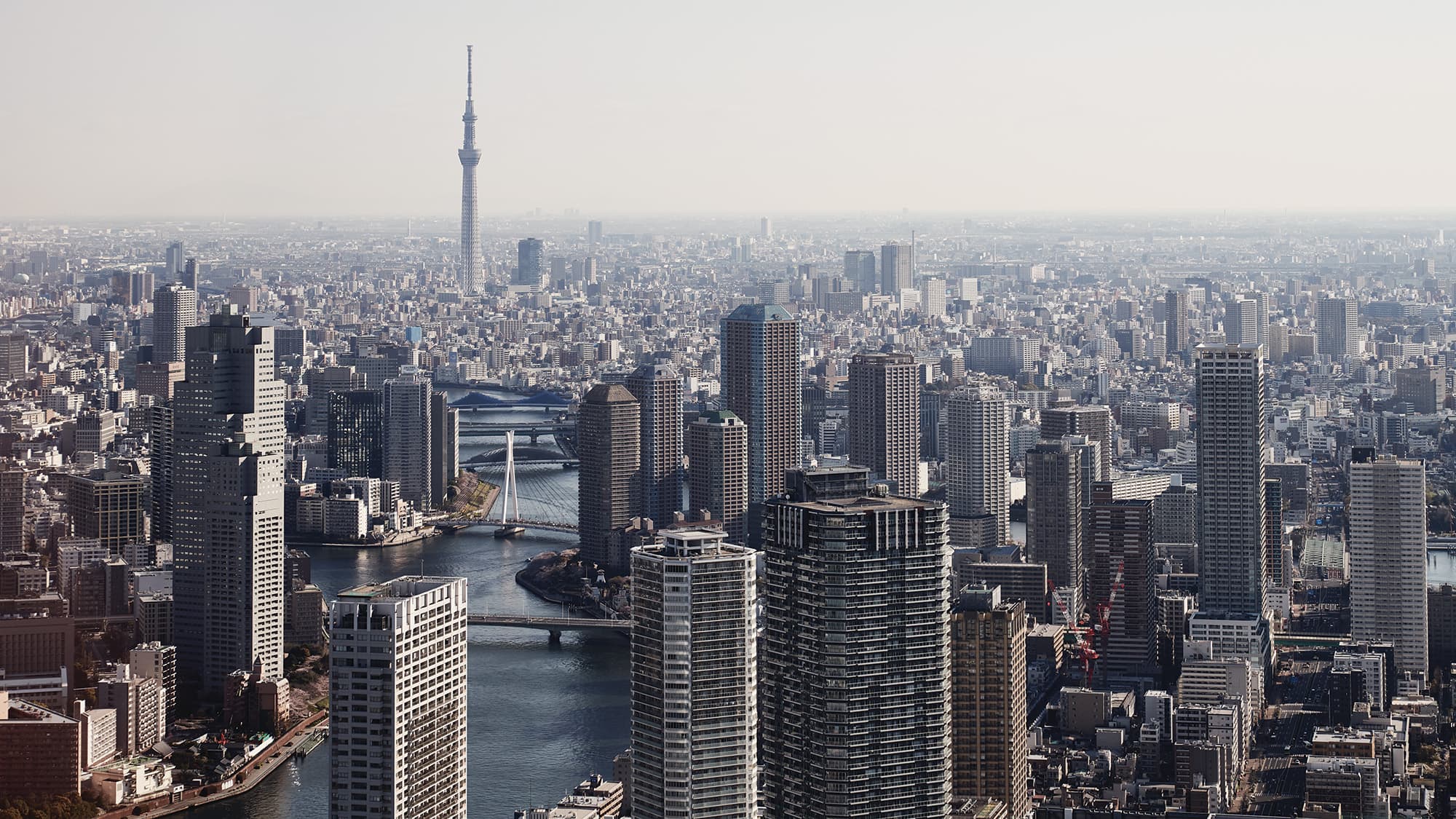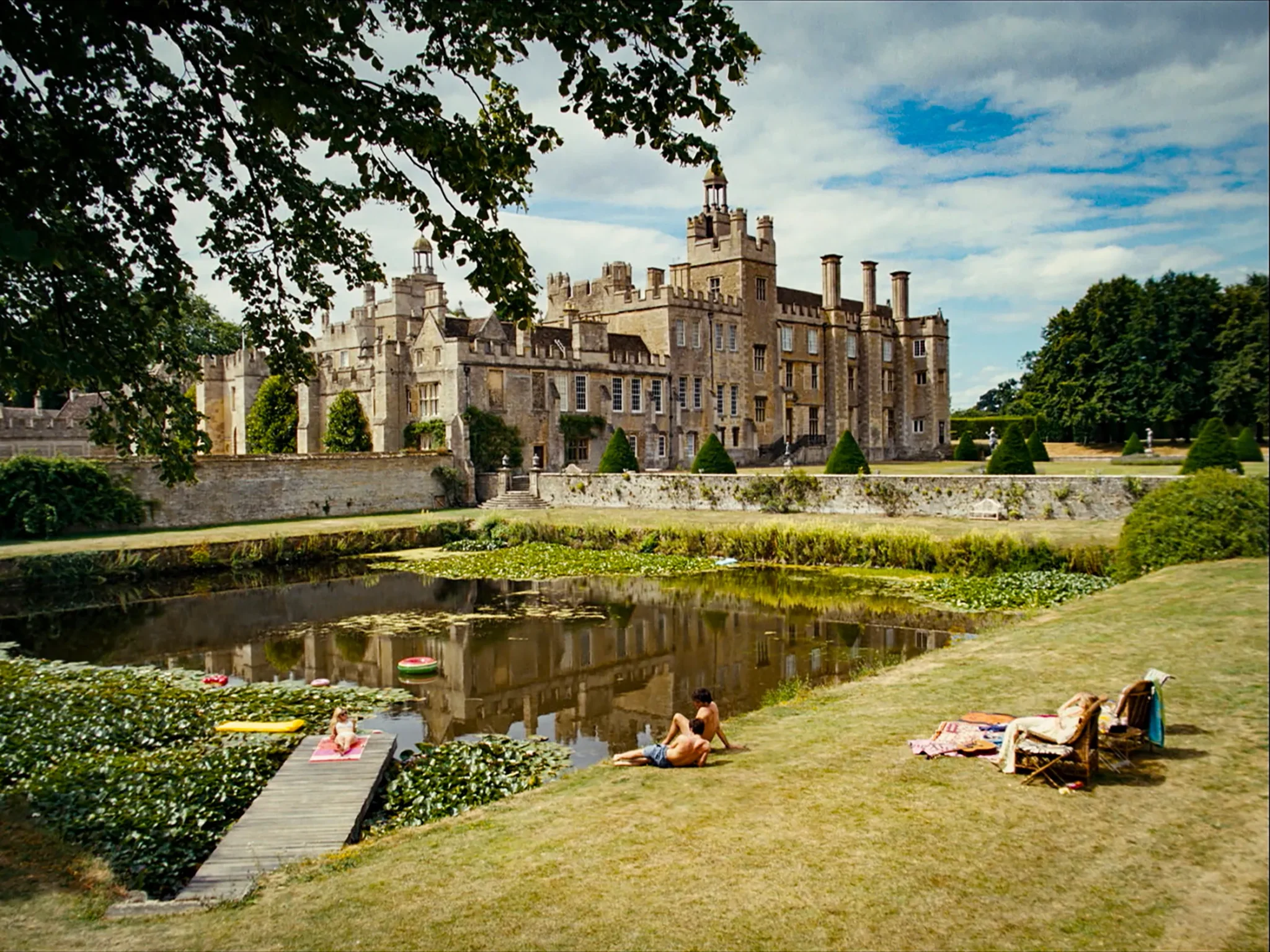A magical megalopolis that’s by turns charming and confounding, Tokyo is a shopper’s paradise—if you know where to go. We asked insider Mihoko Iida, author of Japanese Interiors, to reveal her favorite design destinations.

During her 20-year career as an editor at Vogue Japan, Mihoko Iida learned a few important lessons. (One example: put architect Tadao Ando in a room with Karl Lagerfeld and watch the magic happen.) Writing the gorgeous book Japanese Interiors (Phaidon, 2022), meanwhile, taught her that when it comes to the concept of interior design, there’s a vast difference between Japan and the Western world. “Westerners talk about the colors and the textures that make a room,” says Iida. “But in Japan, we first look at where the sunlight enters the room and how the wind travels within the walls.”
It might all sound very Zen, but don’t be fooled into thinking everything in Japan is minimalist. “We are secretly maximalists, and our homes are designed to store a lot of things,” says Iida. Perhaps that’s because there’s a long tradition of welcoming every new year and season with new decor for the home; combine that with the Shinto belief that new things are “pure,” and you’ve got one of the world’s most dizzying, dynamic shopping scenes. While the capital, Tokyo, can be a bit overwhelming for first-timers, Iida has a short list of the shops (and a few other spots) that inspire her most. Let her finely honed editor’s eye lead you to the best design gems the city has to offer.
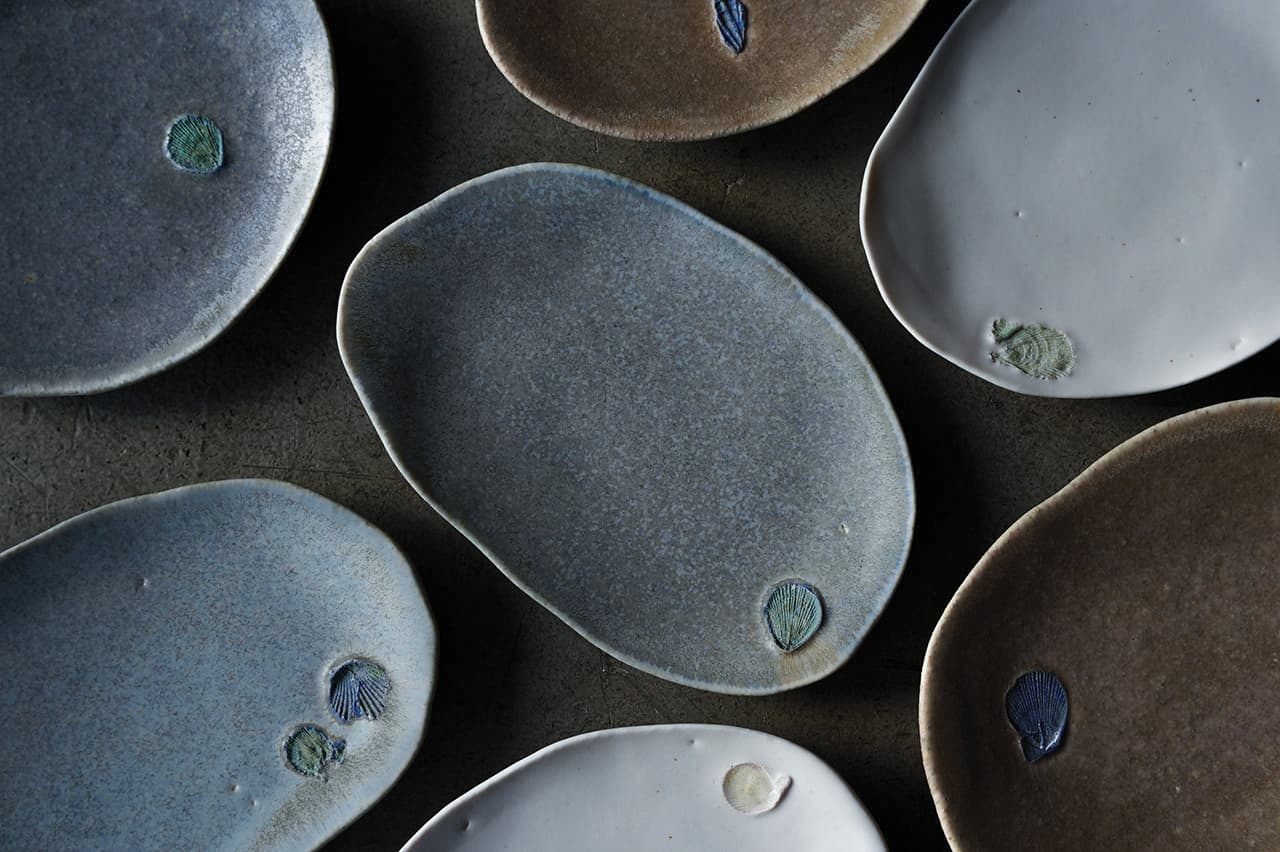
Handmade tableware at Amahare.
YUMIKO OBARAAmahare
“There’s a renewed interest in collecting handmade tableware among young people, and this store, which opened in 2015 in the stylish residential neighborhood of Shirokane, has captured the zeitgeist. The handmade goods stand out in the starkly modern, gallery-like setting, which showcases a highly edited selection of works by Japanese artists.” shop.amahare.jp

Casica in Tokyo Bay.
@casica.tokyo/InstagramCasica
“At once rich and minimalist, this spacious store and café is set along a canal in Tokyo Bay, across from a small grassy park that’s popular for barbecues. The goods range from intriguing jewelry and soaps by international brands to baskets, vintage reproduction lighting, and limited-edition tableware from Japanese makers.” casica.tokyo
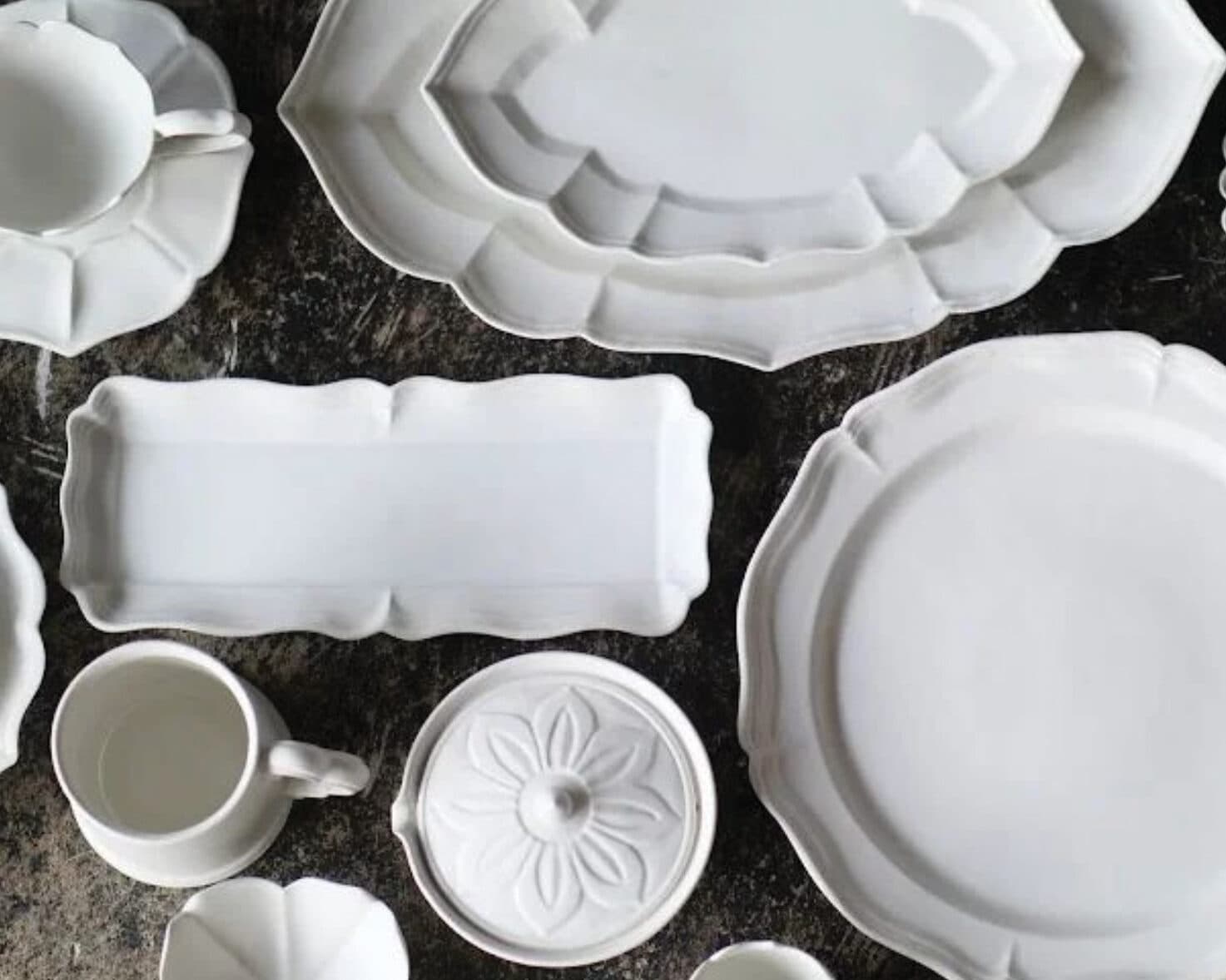
Ceramics at The Cover Nippon.
COURTESY OF THE COVER NIPPONThe Cover Nippon
“This shop offers a highly curated selection of traditional crafts with a twist of elevated luxury. Their flagship is located on the fourth floor of the Tokyo Midtown complex in Roppongi, but they also have a small secret shop hidden inside the Imperial Hotel.” thecovernippon.jp
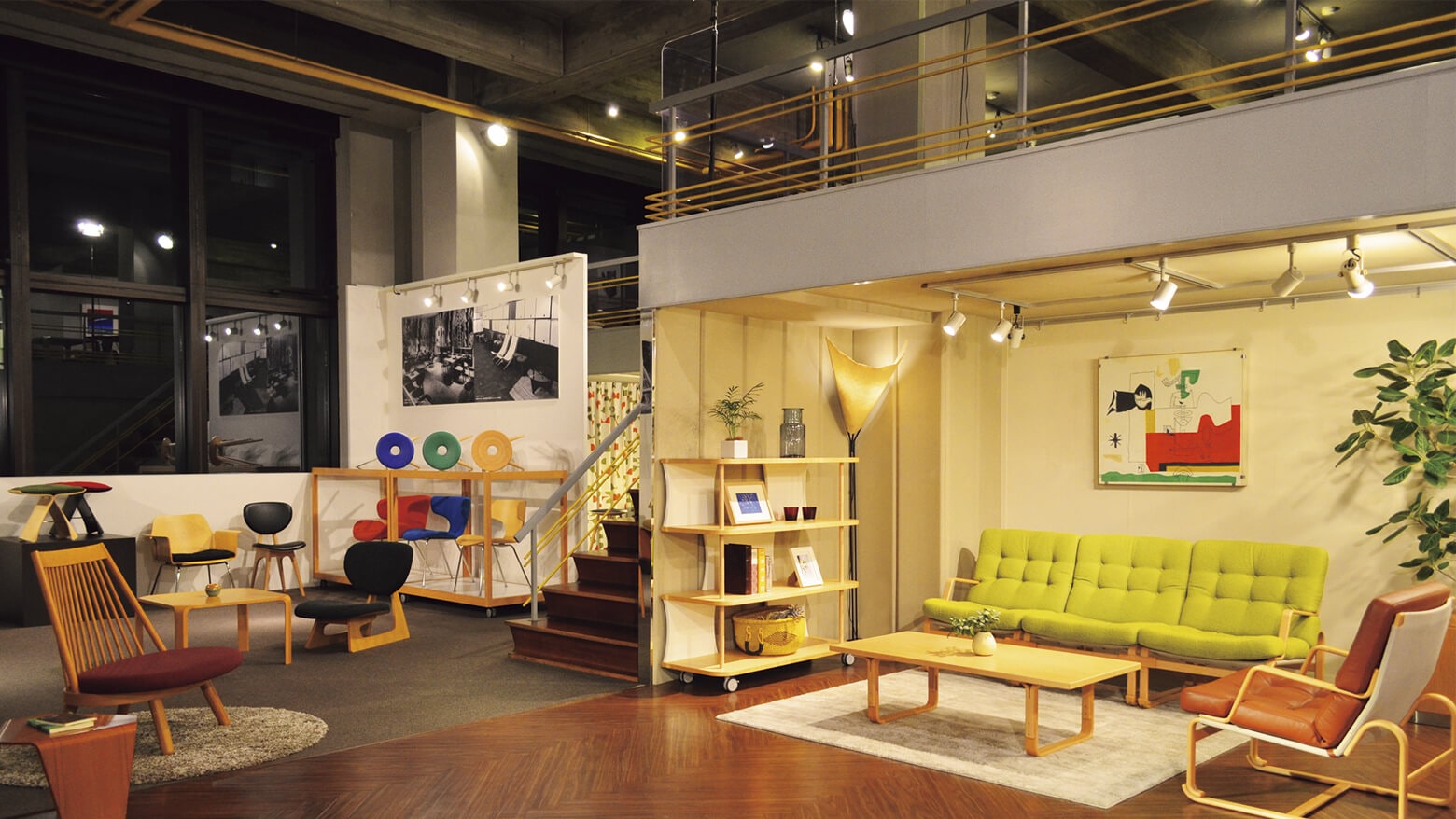
The Tendo Mokko showroom in Tokyo.
@tendo_mokko/InstagramTendo Mokko
“The Tendo Mokko showroom is hidden away in the unremarkable Hamamatsucho neighborhood, but it’s a great place to see pioneering work with high-end bent plywood, including their iconic butterfly stool.” tendo-mokko.co.jp
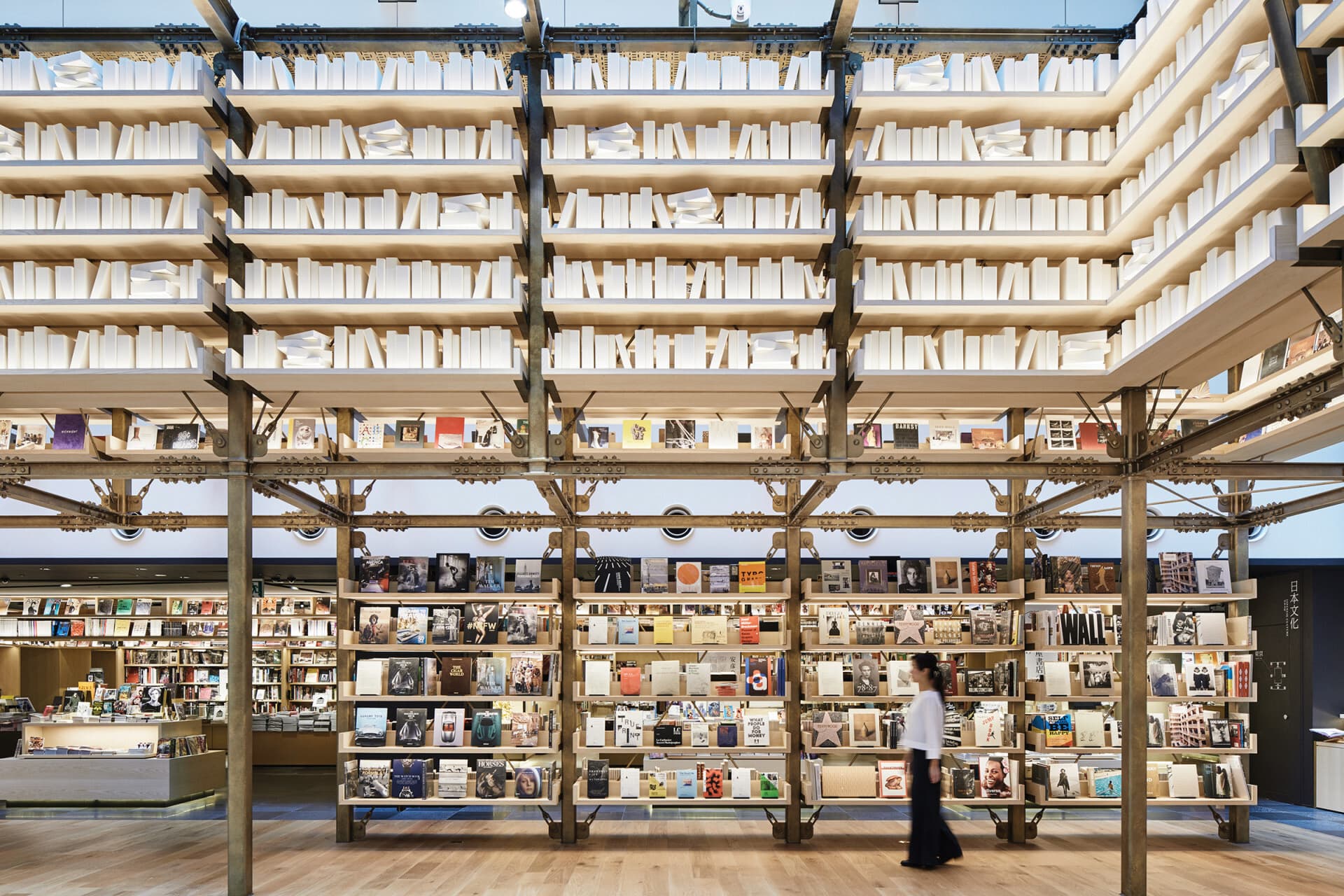
The Tsutaya bookstore in Ginza.
COURTESY OF GINZA TSUTAYA BOOKSGinza Tsutaya Books
“Most design lovers go to the Tsutaya bookstore in Daikanyama, but I prefer the one in Ginza because it’s easier to navigate and the selection of art and books on display is straightforward and succinct.” store.tsite.jp
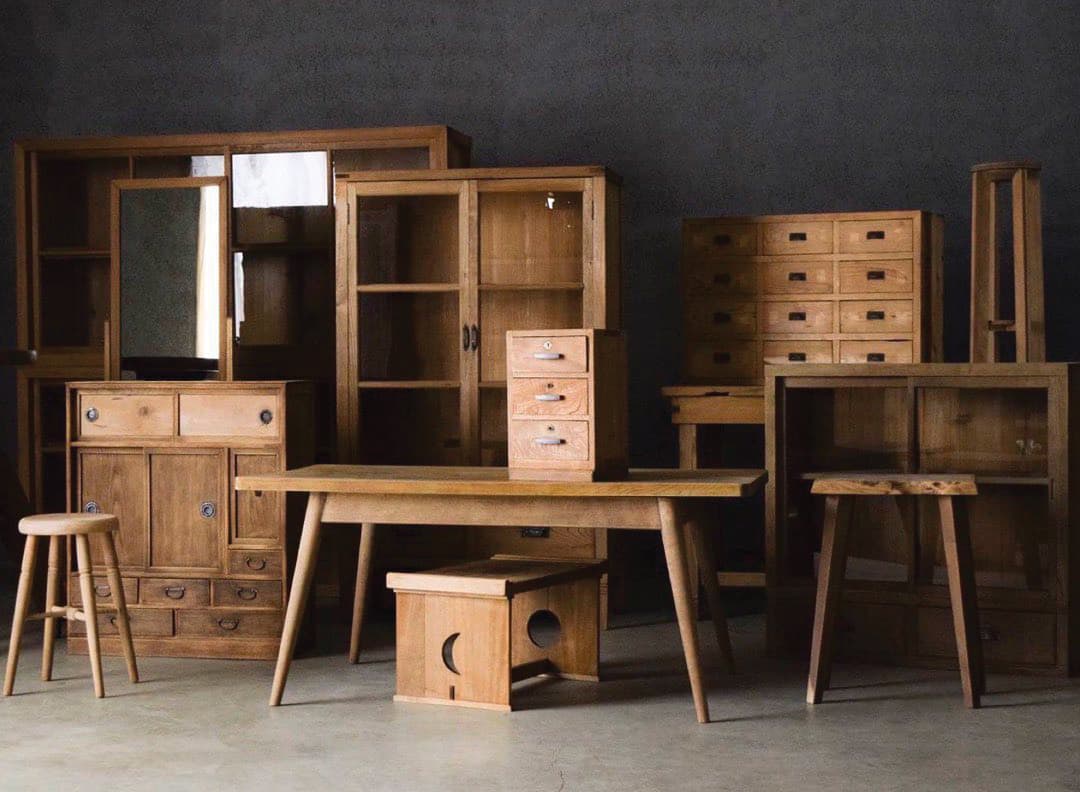
Vintage wooden furniture at Pejite Aoyama.
COURTESY OF PEJITE AOYAMAPejite Aoyama
“Tucked away in an inconspicuous corner in the enclave of Aoyama, stepping into this store feels like stepping into another time. It features a selection of handmade goods from the pottery town of Mashiko and antique and vintage wooden furniture from the Meiji, Taisho, and early Showa eras.” pejite-mashiko.shop-pro.jp
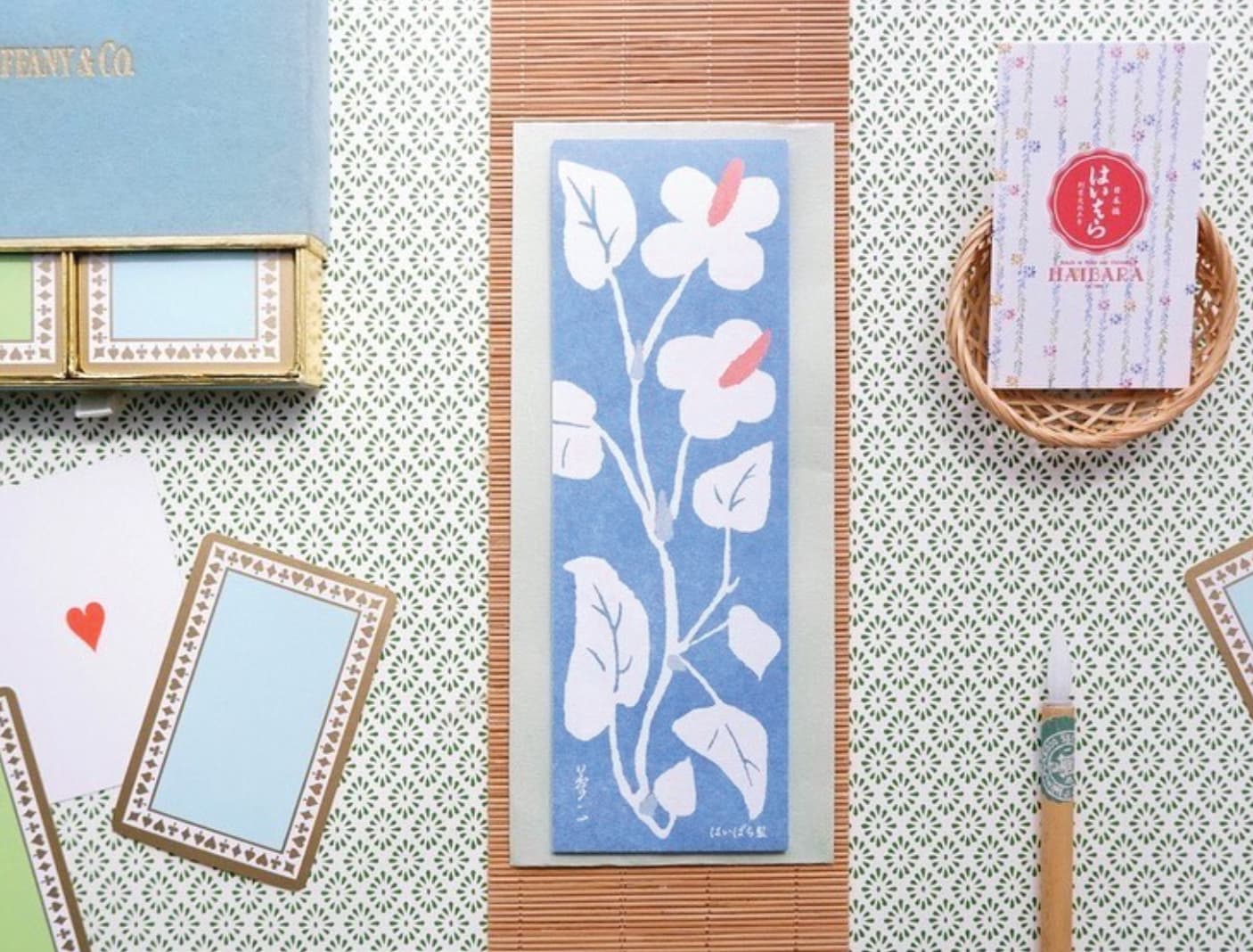
Haibara’s washi paper and stationery.
CHIGUSA KONDO/POSTORYHaibara
“Haibara has been in the business of paper making since 1806, during the Edo period, when Japan was closed off from the rest of the world. They have beautiful washi paper and stationery, including letter paper, notebooks, and envelopes. I love the old designs that have been updated through collaborations with current artists.” haibara.co.jp

Handmade stationery at Kyukyodo.
@tokyo_kyukyodo/InstagramKyukyodo
“This is another gorgeous stationery store that specializes in high-end rice paper and beautifully packaged incense sticks and flowers. While the shop originated in Kyoto—they’ve been in business since 1663—the flagship store is in the middle of Ginza.” kyukyodo.co.jp
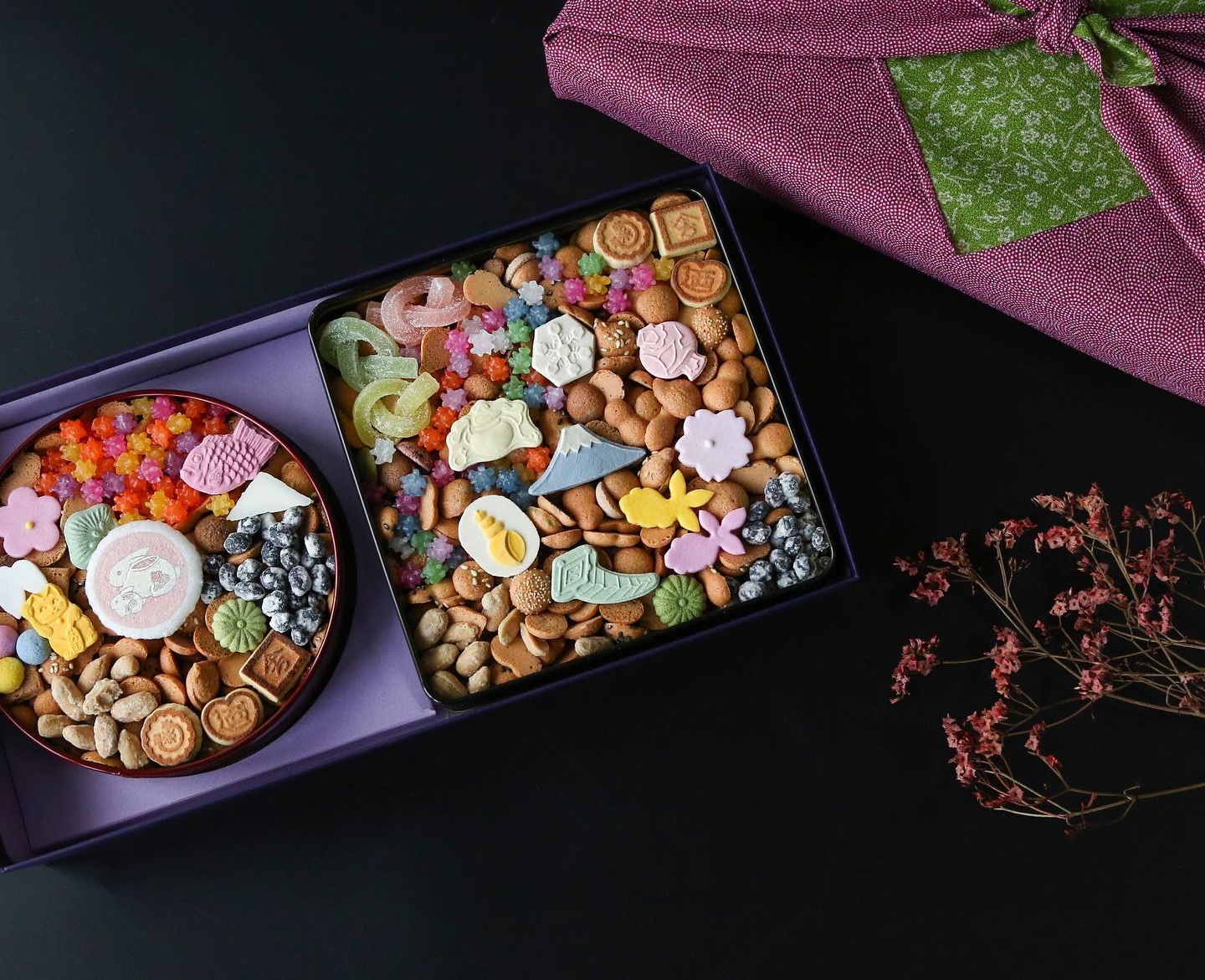
Intricate sweets at Ginza Kikunoya.
@ginza_kikunoya1890/InstagramGinza Kikunoya
“One of my favorite sources for beautifully packaged foods. Their cookies come wrapped in traditional Japanese furoshiki cloth. I heard jewelry designer Marie-Hélène de Taillac served them in Paris during an exhibition.” ginza-kikunoya.co.jp
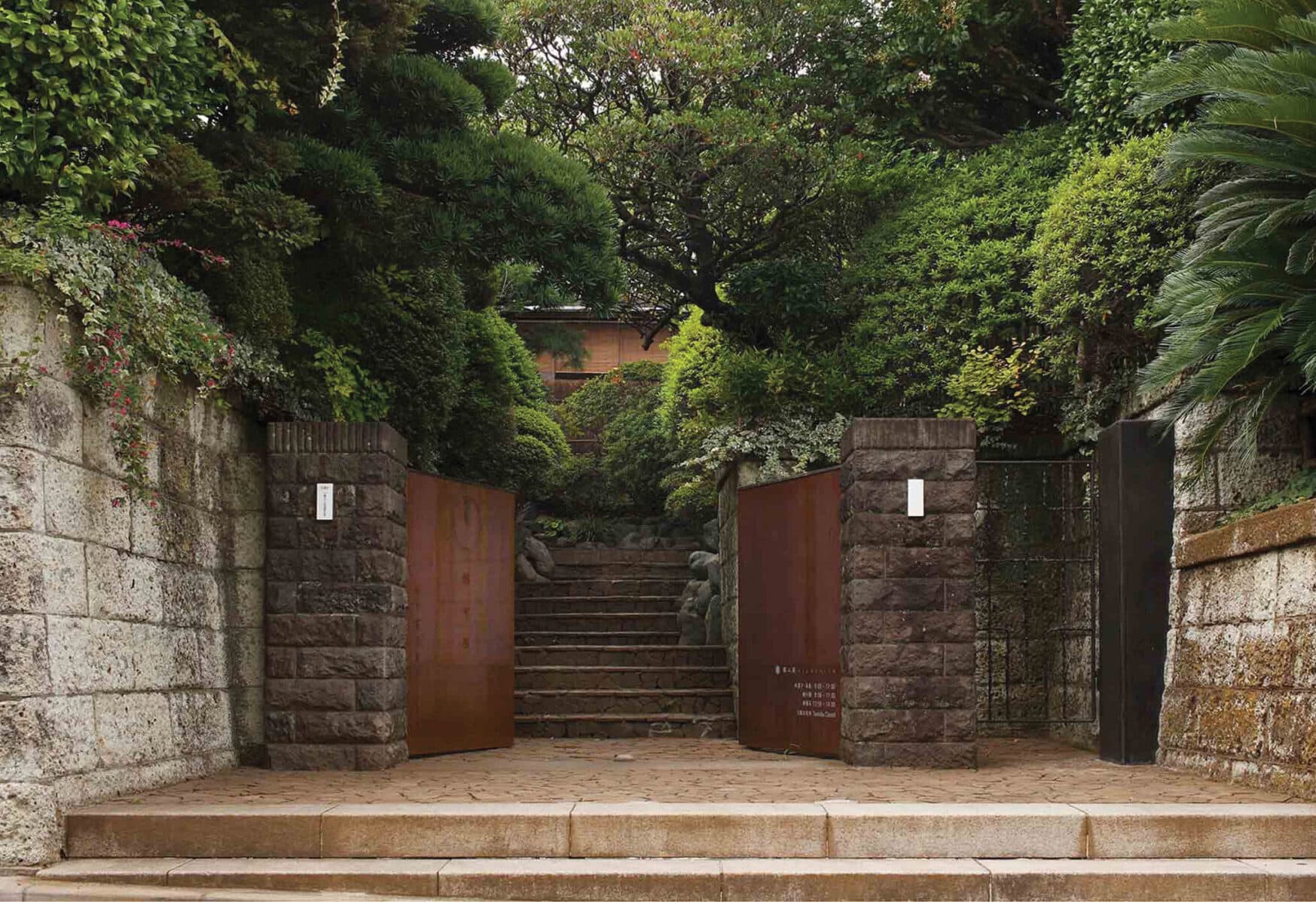
Yakumo Saryo teahouse.
COURTESY OF YAKUMO SARYOYakumo Saryo
“The tearoom at Yakumo Saryo in Meguro is not only beautiful, but comfortable. It’s one of the few places where you can experience traditional Japanese tea without sitting on a hard tatami floor.” yakumosaryo.jp

Old Imperial Bar in the Imperial Hotel
IMPERIAL HOTELOld Imperial Bar
“From a design perspective, the Old Imperial Bar is one of my favorites in the city. It’s worth a visit to see the Frank Lloyd Wright–designed interiors preserved from the original 1923 hotel, which was demolished and rebuilt in the 1960s.” imperialhotel.co.jp
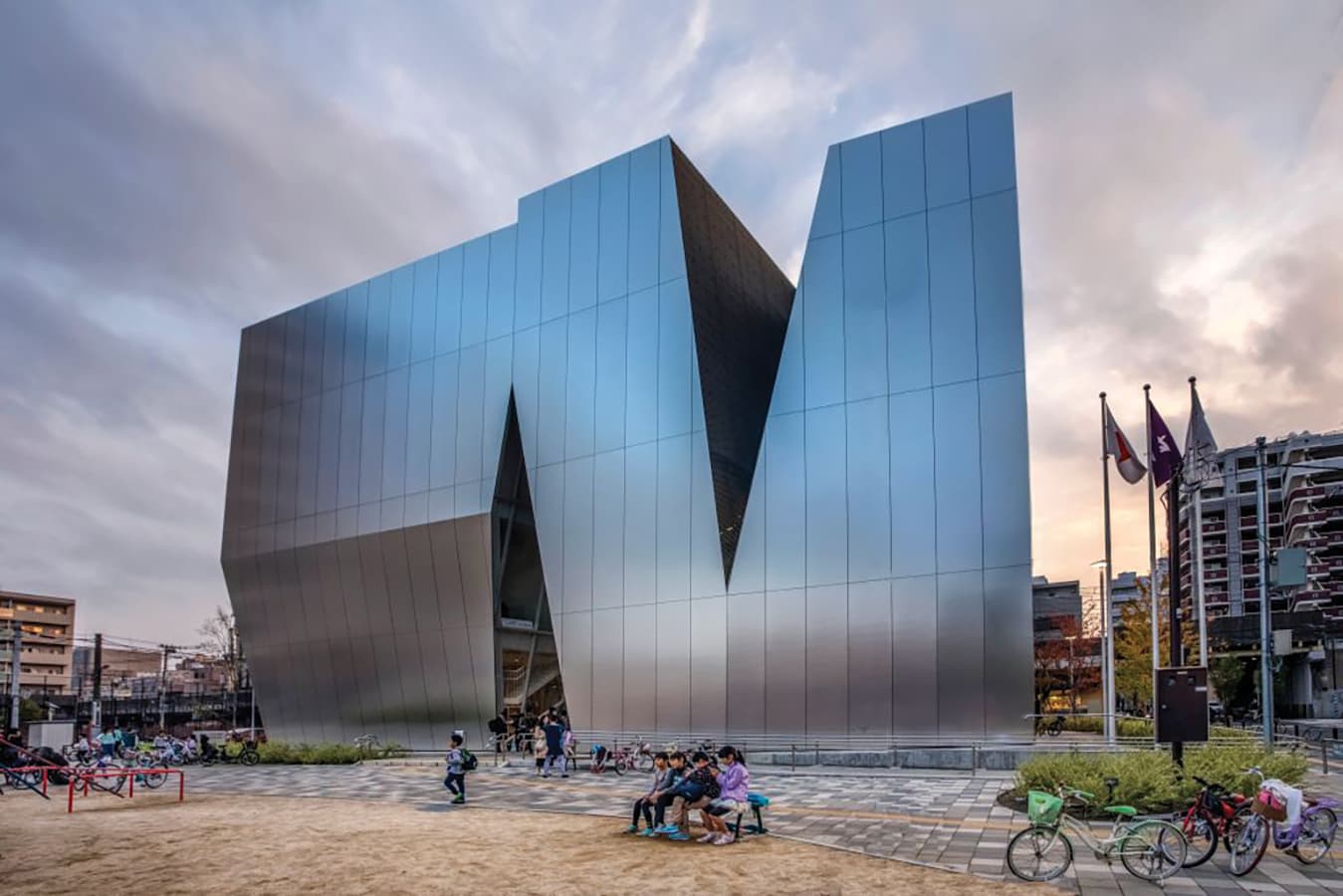
Sumida Hokusai Museum
PRISMA BY DUKASSumida Hokusai Museum
“Everyone knows about the Tokyo National Museum, but I adore the Sumida Hokusai Museum. Hokusai is known for his woodblock prints of waves and mountains, but when you go to the museum, you realize he worked in just about every genre of art under the sun. Legend has it that his daughter Oi created many of the masterworks under his name, especially in his old age. Surprisingly, the building is very modern; it was designed by Pritzker-winner Kazuyo Sejima of SANAA.” hokusai-museum.jp
THIS ARTICLE ORIGINALLY APPEARED IN VOLUME 10 OF FREDERIC MAGAZINE. CLICK HERE TO SUBSCRIBE!















